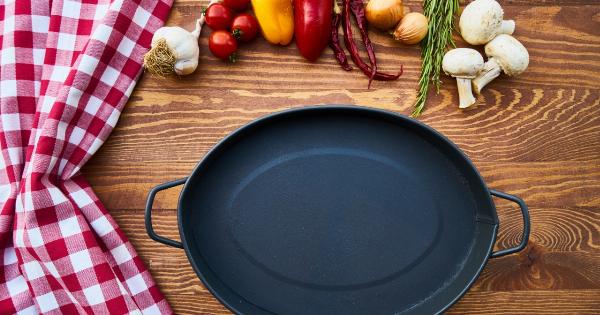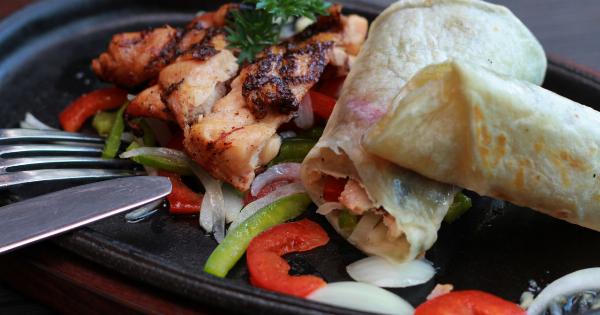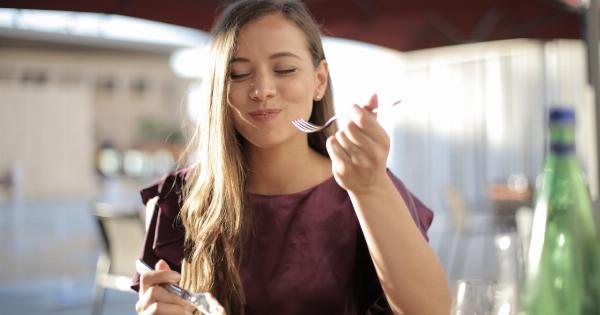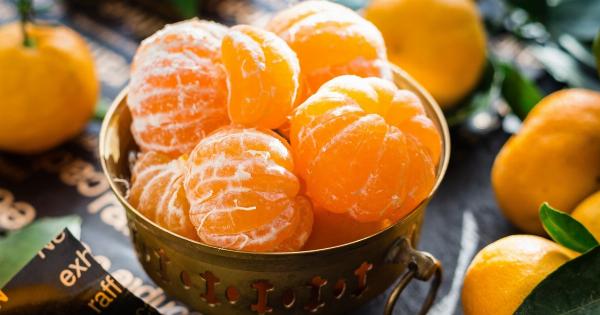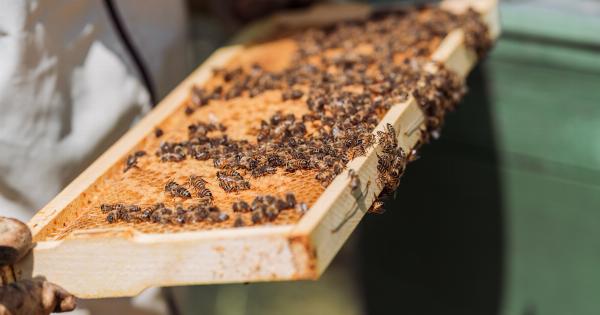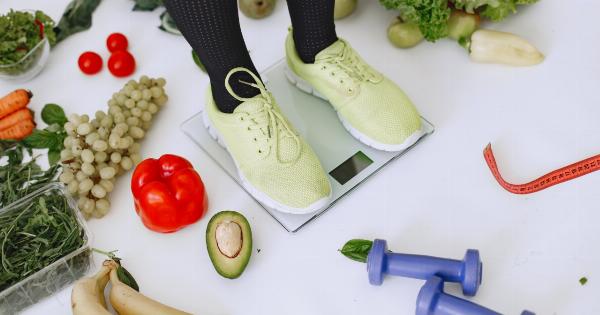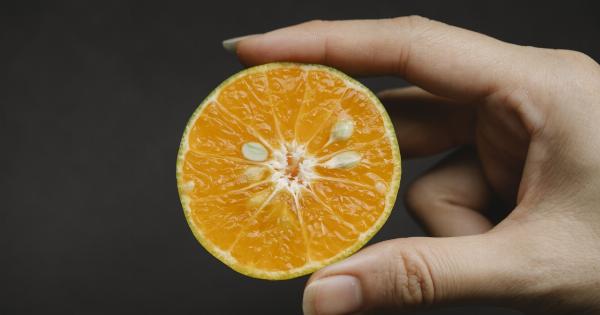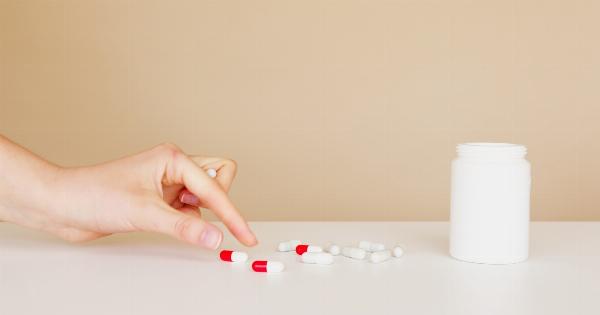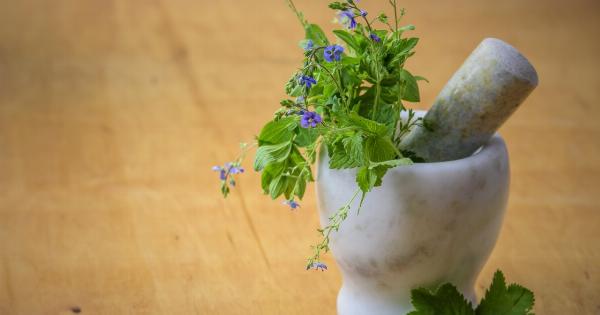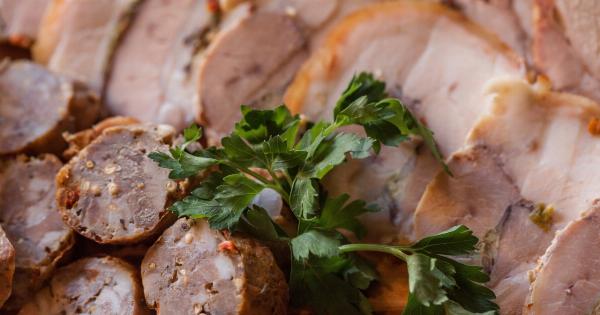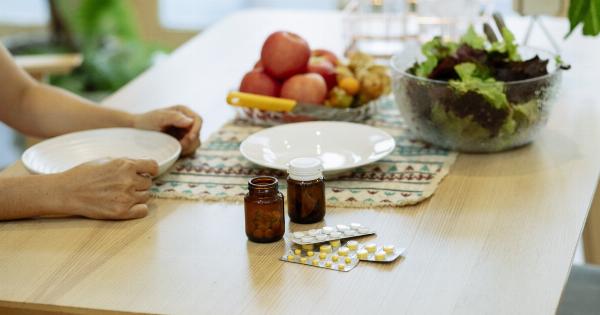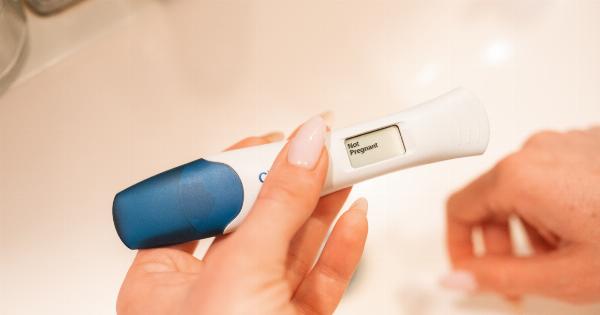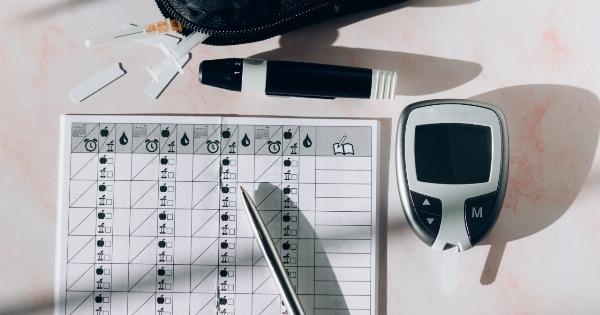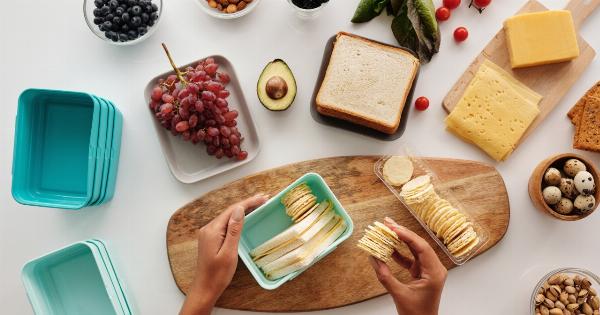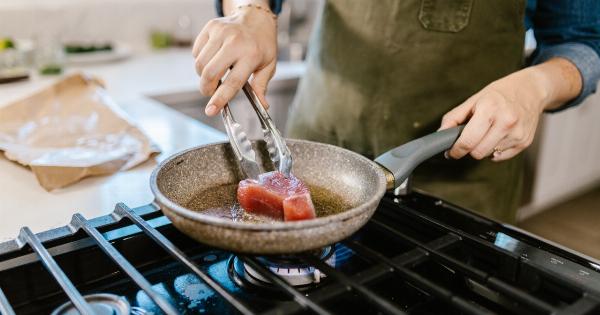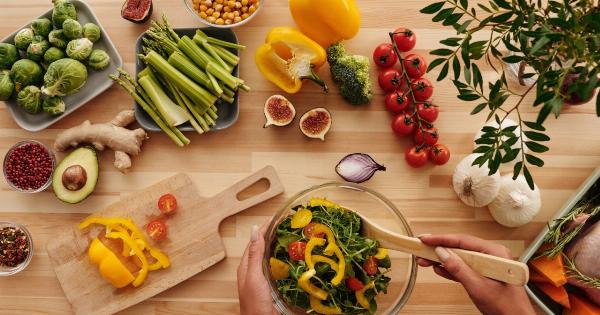Iron is an essential mineral that the human body needs to produce red blood cells. These cells carry oxygen throughout the body. Iron deficiency happens when there isn’t enough iron in our body to keep up with this demand.
This condition is common but treatable.
Iron deficiency can have numerous causes, including poor diet, blood loss, pregnancy, and cancer. Persons at higher risk of developing iron deficiency are vegetarians, infants, children, pregnant women, and young women with heavy menstrual flows.
The symptoms of iron deficiency include fatigue, weakness, dizziness, headaches, and cold hands and feet.
Having iron deficiency can increase the risk of developing conditions such as anemia, heart disease, and kidney disease. It is essential to take the necessary steps to boost our iron intake to prevent such health issues.
The Best Food Sources of Iron
One of the most efficient ways of combating iron deficiency is to consume a diet rich in iron. The following foods are the best sources of iron:.
Red Meat
Red meat is one of the best and most efficiently absorbed sources of iron. Beef, lamb, and pork are good choices for iron-rich meats. A 3-ounce serving of beef contains between 2.5 and 3 milligrams of iron, depending on the cut.
That means that eating a 6-ounce steak increases your iron consumption by over 8 milligrams!.
Poultry
Poultry such as chicken and turkey are good sources of iron. A 3-ounce serving of chicken liver contains almost 10 milligrams of iron, while chicken and turkey breast contain lower levels, but are still valuable sources.
Seafood
Seafood is not typically the first thing that comes to mind when thinking about iron sources.
However, seafood such as salmon, sardines, and canned tuna packed in oil contain notable amounts of iron, alongside other essential nutrients like omega-3 fatty acids.
Fruits and vegetables
Fruits and vegetables do not contain as much iron as meat and seafood, but they do contain other nutrients that increase the body’s ability to absorb iron.
Spinach
Iron from spinach is only around 2.5 milligrams per 100 grams, but spinach contains other essential nutrients like Vitamin C, which improves iron absorption. Spinach, when eaten as part of a balanced diet, can contribute to high iron levels.
Beans and Legumes
Beans and legumes are excellent sources of plant-based protein, a nutrient vital for muscle development. However, they are also rich sources of iron. They include lentils, chickpeas, and kidney beans.
Iron Supplements
If it’s challenging to increase the iron content in your diet, taking iron supplements might be the best option. Some iron supplements contain vitamins B12 and C, which increase the absorption of iron into the body.
It’s best to consult with a medical professional on the proper dosage.
Cooking with Cast Iron Cookware
Cooking with cast iron pots and pans is a practical way of increasing your iron intake. Cooking acidic meals such as tomato sauce in cast iron pans increases the iron content of the meal.
Cast iron cookware can also withstand high heat levels, ensuring that the meals retain their nutritional value.
Iron Absorption
The human body absorbs two types of iron: heme and non-heme. Heme iron, found in meat, poultry, and fish, is more readily absorbed by the body than non-heme iron, found in plant-based foods and iron supplements.
However, there are ways to increase the absorption of non-heme iron. Consuming Vitamin C-rich foods, such as citrus fruits, bell peppers, and strawberries, along with foods high in non-heme iron, enhances iron absorption.
Limiting the intake of dairy products and tea, which can inhibit iron absorption, is also necessary.
Conclusion
Iron deficiency is a treatable condition that can lead to more severe health conditions such as anemia, heart disease, and kidney disease if left untreated. The best sources of iron are red meat, poultry, seafood, fruits, vegetables, and legumes.
Supplements and cast-iron cookware are practical ways of increasing our daily iron intake. Additionally, consuming food rich in vitamins B12 and C, while limiting the intake of dairy and tea, for improved iron absorption is crucial.
Taking small steps to increase iron levels can prevent iron deficiency-related diseases and keep the body healthy.


